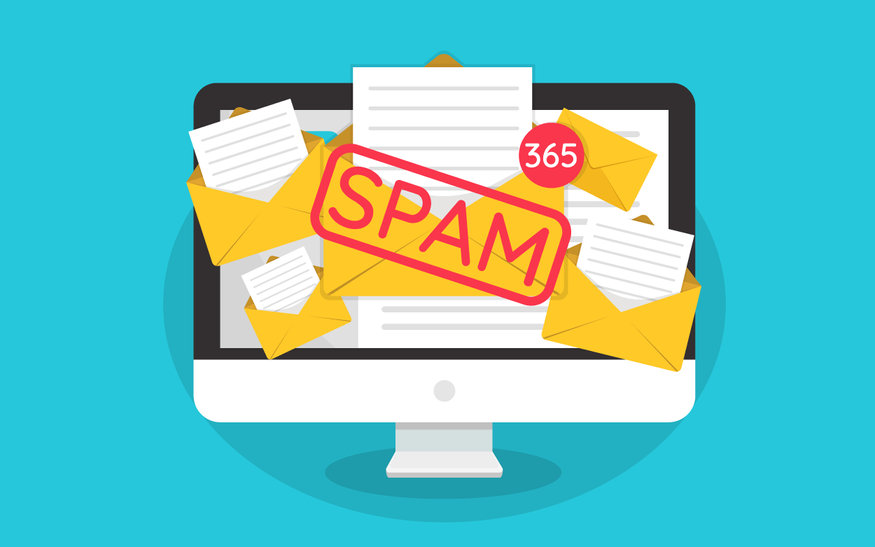Are you having a hard time getting your emails delivered to your subscribers’ inboxes?
If so, you’re not alone.
Many business owners struggle with this issue everyday, and it can severely impact your conversion rates.
Fortunately, by understanding the top 10 reasons why your emails may be hitting the spam folder, you can take steps to correct your strategy and improve your email deliverability rates.
1. You’re using a purchased email list
If you’re using a purchased email list, your emails are more likely to end up in the spam folder. This is because purchased email lists often contain invalid and undeliverable addresses, or spam traps.
In order to improve your email deliverability rates, you should avoid using purchased email lists. Instead, build your own email list by collecting email addresses from your customers and website visitors. You can do this by offering an incentive for people to sign up for your email list, such as a free e-book or coupon.
Or, you can use a tool like OptinMonster to grow your list. OptinMonster allows you to create attractive opt-in forms that can be embedded on your website. It also provides you with detailed analytics so you can see how well your opt-in forms are performing.
2. Your IP address has a bad reputation
If your emails have been marked as spam too many times, or your IP address has been blacklisted, your reputation will be tarnished and it will be harder for you to make it into the inbox.
IP address problems can be reduced by working with a reputable email service provider that will assure you that their IP addresses have been appropriately warmed by gradually increasing their email sending volume.
3. Your “from” name and address is misleading
If the “from” name and address in your email is misleading, your emails are more likely to end up in the spam folder. Never use a fake “from” name or address. This can lead to your emails being blocked by ISPs, giving you a bad reputation.
4. Your frequency is off
If you’re emailing your subscribers too often or too infrequently, your emails are more likely to end up in the spam folder. This is because recipients often view emails that are sent at an irregular frequency as spam.
In order to improve your email deliverability rates, you should send your subscribers an email at least once or twice a week. Never send your subscribers more than one email per day. Not only is this annoying, but it’s a red flag to ISPs.
5. Recipients marked it as spam
If a recipient has marked one of your emails as spam, that email is more likely to end up in the spam folder of other subscribers. This is because ISPs often use recipient feedback to determine whether an IP address is spamming or not.
In order to improve your email deliverability rates, you must ensure that your email content is relevant to your subscribers and that you’re not sending them too many emails.
6. There’s no physical address in your footer
A valid physical address is required by most ESPs. Without one, your chances of hitting the spam folder will dramatically increase.
7. Your email is poorly designed
Recipients often view poorly designed emails as spam, because they usually are.
In order to improve your email deliverability rates, make sure that your email is mobile-friendly and compatible with all devices. You’ll also want to ensure that your fonts, color choices, tone, and images are cohesive and well laid out.
A good image-to-text ratio (20:80) is also very important.
8. You have a poor open rate
ISPs often use open rates to determine whether an email is spam or not. If you have a poor open rate (lower than 15%), your emails are more likely to end up in the spam folder. Catchy and relevant subject lines are a good way to combat this, as a misleading subject line can lead to your emails being blocked by ISPs.
9. Your subject triggers spam filters
Spam trigger words in the subject line are one of the quickest ways to wind up in the spam folder. Words that are overly salesy, such as “prize,” “buy direct,” or “all new” are known to trigger the spam filter and should be avoided.
You should also be mindful of the length of your subject line–somewhere between 41 and 50 characters is the sweet spot.
10. You haven’t pruned your email list
One of the most important parts of the cycle of email marketing is removing inactive users from your email list–aka “pruning”. If you’re not doing this, you’ll keep sending emails to users that aren’t opening them, decreasing your open rate and increasing your chances of hitting the spam folder.
By being mindful of these 10 reasons why your emails might be marked as spam, you can start implementing the changes necessary to improve your deliverability rates. For personalized help getting started with email marketing, schedule a free strategy call with Bizzuka. We’ll run through your current strategy and help you understand where you may be falling short.

